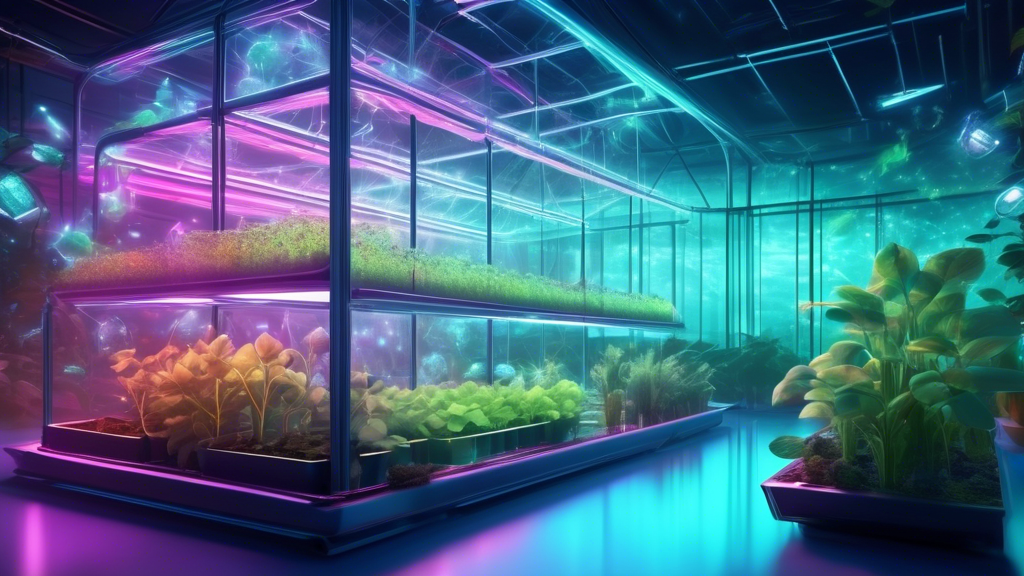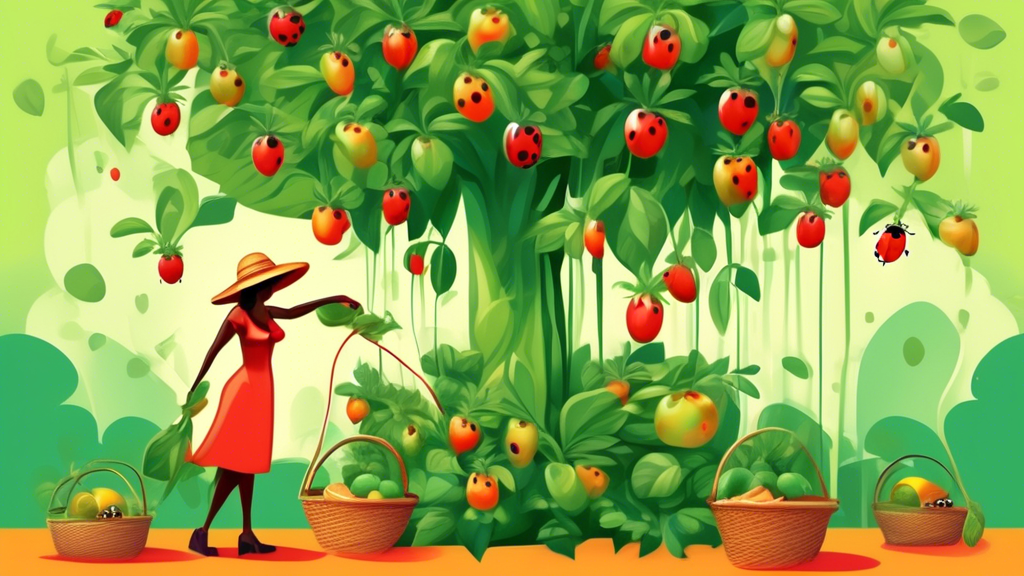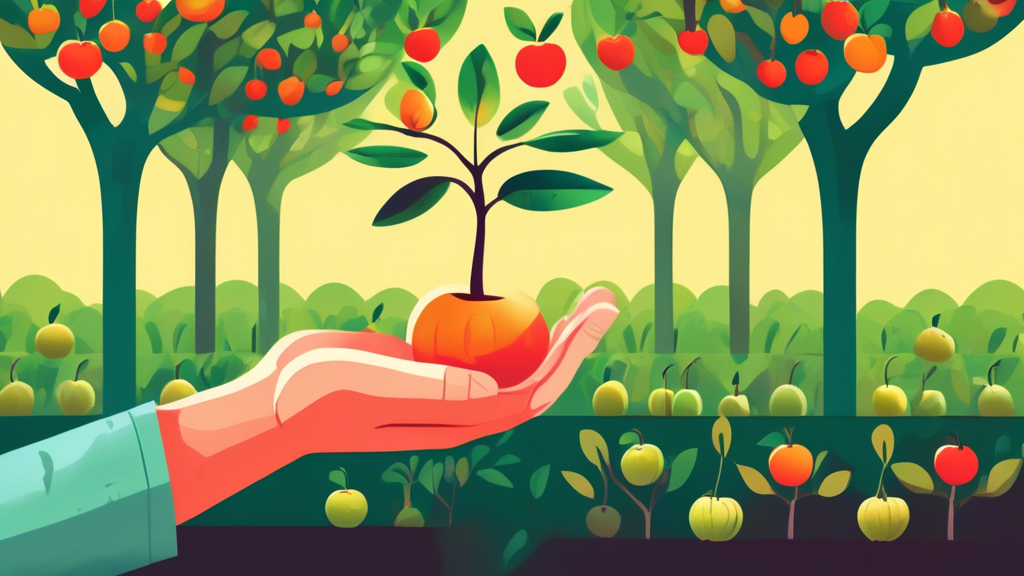
Why Basic Hydroponics Isn’t Enough for Serious Growers
While basic hydroponic systems are a great starting point, they often fall short for growers aiming for commercial-level yields and efficiency. Understanding the limitations is the first step toward advancement.
Common Challenges in Foundational Setups
- Stagnant Growth Phases: Plants hit a plateau and don’t reach their full size or yield potential.
- Inconsistent Nutrient Uptake: Simple drip or Kratky systems can lead to uneven feeding.
- Susceptibility to Pathogens: Stagnant water or poor oxygenation in basic systems can cause root rot (Pythium).
- Difficulty Controlling the Root Zone: Inability to fine-tune the environment where nutrient absorption actually happens.
Core Advanced Hydroponic Systems for Superior Results
Upgrading your system is the most direct way to enhance performance. Here are the top-tier hydroponic methods used by expert growers.
Deep Water Culture (DWC) & Recirculating DWC (RDWC)
How it Works: Plant roots are suspended in a highly oxygenated nutrient solution.
Best For: Fast-growing, water-loving plants like lettuce and basil.
Key to Success: Powerful air pumps and air stones for maximum dissolved oxygen.
Nutrient Film Technique (NFT)
How it Works: A thin film of nutrient solution constantly flows over the roots in a sloped channel.
Best For: Lightweight, fast-harvesting crops with small root systems.
Key to Success: Precise channel slope and pump reliability to prevent root drying.
Aeroponics: The Pinnacle of Oxygenation
How it Works: Roots hang in the air and are misted with a nutrient solution every few minutes.
Best For: Researchers and growers seeking the absolute fastest growth rates (e.g., root vegetables, tomatoes).
Key to Success: High-pressure misting nozzles and a fail-safe timer system.
System Comparison: Which Advanced Technique is Right for You?
| System | Growth Speed | Complexity | Cost | Ideal Plant Types |
|---|---|---|---|---|
| Aeroponics | Fastest | Highest | Highest | Tomatoes, Root Vegetables |
| DWC / RDWC | Fast | Medium | Medium | Lettuce, Basil, Kale |
| NFT | Medium-Fast | Medium-Low | Low-Medium | Spinach, Herbs, Strawberries |
Beyond the System: Advanced Cultivation Strategies
The hardware is only part of the equation. True mastery comes from manipulating the plant’s environment and inputs with precision.
Mastering the Root Zone Environment
The Unique Insight: Root Zone Temperature Management. Most guides talk about air temperature, but the root zone temperature is arguably more critical. Maintaining a solution temperature between 68-72°F (20-22°C) is a secret to maximizing dissolved oxygen and enzymatic activity, leading to explosive growth. Using a water heater or chiller is a true mark of an advanced grower.
Precision Nutrient Management
- Understanding EC/PPM and pH Dynamics: Don’t just set it and forget it. Learn to read your plants and adjust EC/PPM levels throughout the growth cycle (e.g., lower for seedlings, higher for flowering).
- Supplementing with Additives: Using silica for stronger cell walls, humic/fulvic acids for nutrient chelation, and beneficial bacteria/fungi to outcompete pathogens.
Optimizing Light & Environmental Controls
- Using Full-Spectrum LED Lights: The ability to adjust light spectra (e.g., more blue for vegetative growth, more red for flowering) is an advanced technique.
- Implementing CO2 Enrichment: For sealed grow rooms, elevating CO2 levels to 1200-1500 ppm can supercharge photosynthesis.
Frequently Asked Questions (FAQs) on Advanced Hydroponics
What is the single most impactful change I can make to increase yield?
Answer: Focus on perfecting your root zone environment. Ensuring optimal temperature, oxygenation, and freedom from pathogens will have a more significant impact than any other single factor.
Is aeroponics too complicated and risky for a home grower?
Answer: It can be. The risk lies in pump or timer failure, which can desiccate roots and kill plants in hours. It’s recommended for growers who have mastered other systems and can implement reliable backup systems.
How often should I change my nutrient reservoir in an advanced system?
Answer: In a well-maintained recirculating system, a complete change every 1-2 weeks is standard. However, top-offs with pH-adjusted water and periodic nutrient concentration checks (EC/PPM) are done daily. Letting the plant “drink” the solution down between top-offs can encourage strong root development.
Can I use these advanced techniques for any plant?
Answer: While highly adaptable, some plants are better suited than others. Large, heavy plants with extensive root systems (e.g., mature corn) can be challenging in NFT channels but thrive in a robust RDWC system. Always research your specific crop.
Conclusion: Elevate Your Grow to the Next Level
Mastering advanced hydroponic techniques for maximum plant growth is a journey of precision and observation. It’s about moving from simply feeding your plants to engineering their entire environment for peak performance. Start by choosing one advanced system to master, then layer in the strategies of root zone management and nutrient precision. The result will be healthier plants, faster harvests, and yields you once thought were impossible.






